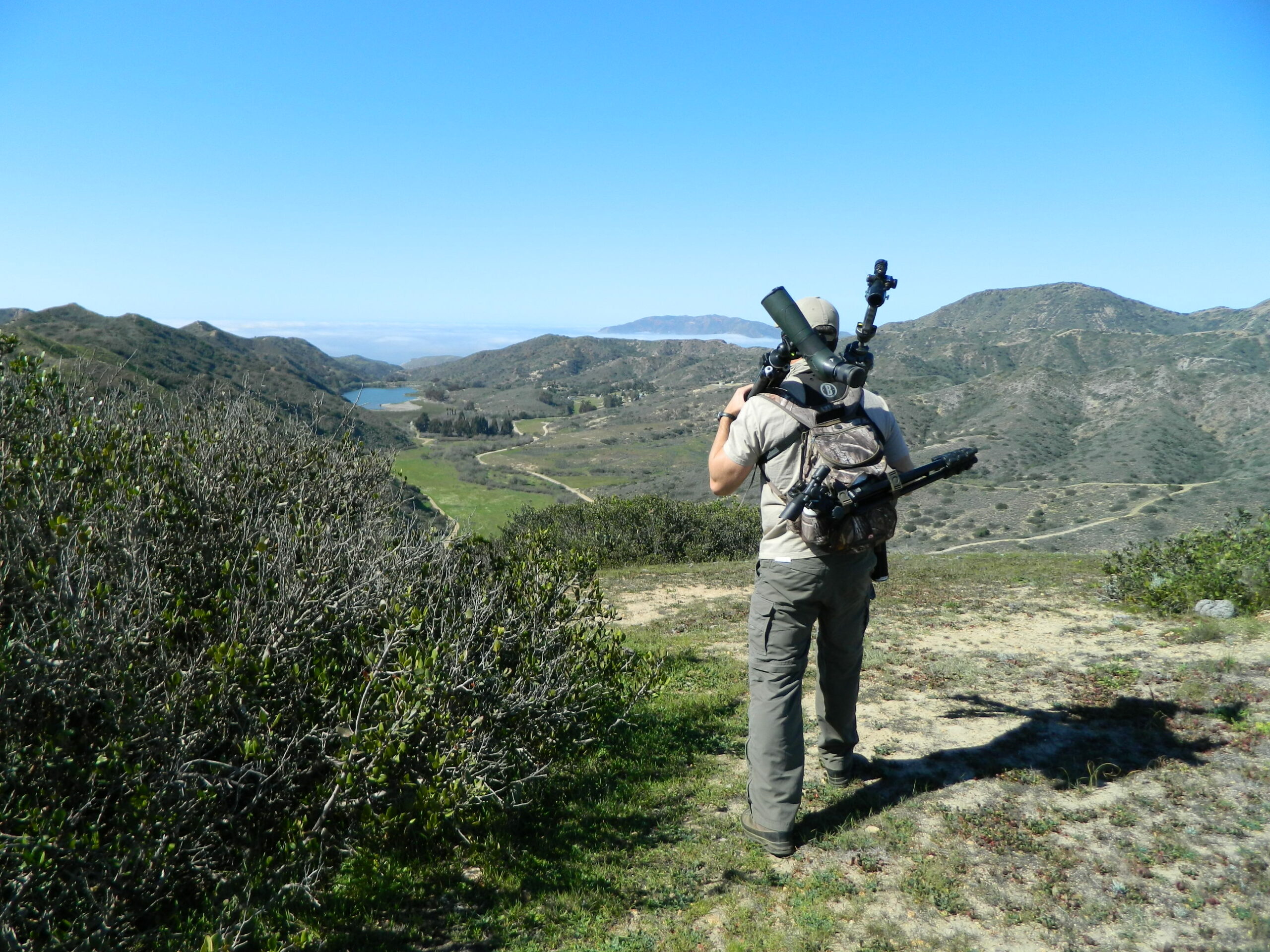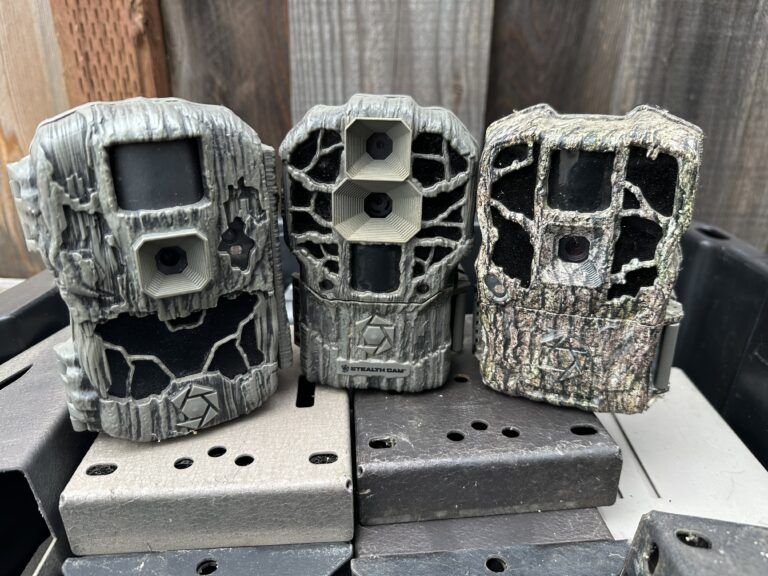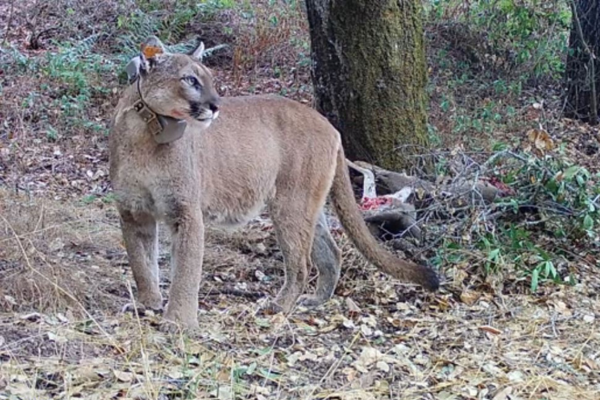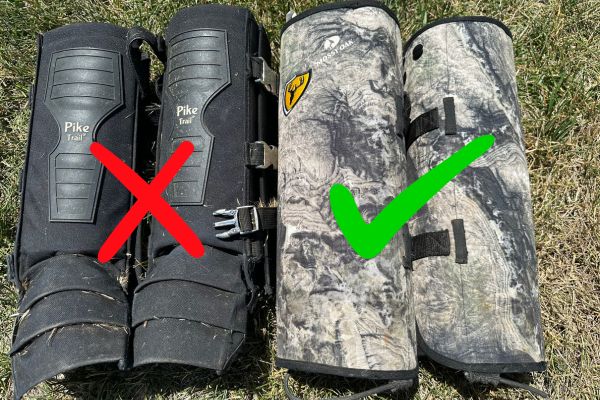A Wildlife Biologist’s Favorite Field Gear – Trail Cameras, Backpacks, Optics, & More
Working as a wildlife biologist for the last 25 years, I have utilized various field gear and decided to create a list of my favorite items. This list will be periodically updated and expanded, and I will provide more thorough reviews of each item or category of field gear as time allows.
I may earn a small commission on qualifying products purchased through the links on this website. There is no additional charge for using these links. I do not recommend products I have not personally used, and I will do my best to link to suppliers that offer the best deals whether I earn a commission or not.
A portion of all funds generated through this website will be donated to Mountain Lion Research and Wildlife Habitat Protection in California.
Best Budget-Friendly Trail Cameras
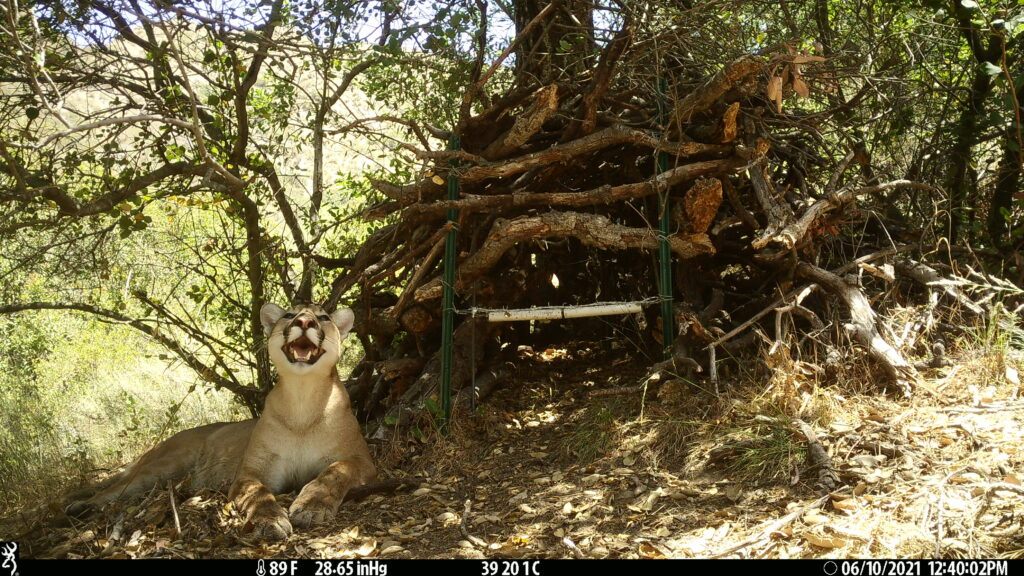
Trail cameras are an essential part of our fieldwork. Several projects require us to document the presence and activity of wildlife on multiple properties, as well as at bridges and culverts. Collectively, through my contract work in Santa Clara Valley, California (Wildlife Detections) and my colleagues at the UC Davis Wildlife Health Center, we maintain over 250 trail cameras in the field at any given time.
For wildlife research, reliability is the top priority. Missing a rare sighting, false triggers that blow out SD cards or prematurely burn out batteries, programming errors, or other camera issues can completely sabotage a research project. In the mountain lion hair snare project noted above, we used two cameras at each cubby site, in part to capture different views, but primarily to ensure we didn’t miss any events.
When purchasing 40 or 50 cameras at a time, and operating on grant funding, we must find the most budget-friendly options. To minimize any anomalies in the data, some studies also require the use of the same model camera and identical settings at each sample site.
For the UC Davis Mountain Lion Hair Snare (DNA) Cubby Project, we deployed 100 Browning Recon Patriot cameras, and aside from some minor issues (occasional whining sound and occasional grainy footage in night videos on a few cameras), they worked exceptionally well.
After completing this study, the UC Davis Carnivores Program reused these cameras in their Tehachapi and Gabilan mountain lion projects, as well as their Northern California wolf project. I also purchased additional Browning Patriot cameras for my mountain lion research, and bridge and culvert monitoring efforts along the Pacheco Pass.
Unfortunately, the Browning Patriot field cameras are no longer available. However, after rigorous testing, we have found an extremely reliable alternative in the Browning Recon Force Elite. We tested a few other camera brands and several Browning models. Although Browning has become our favorite budget-friendly brand, we did have issues with some models, namely the Spec Ops Elite and Strike Force HD Pros, and don’t recommend those.
We also recommend avoiding Stealth Cams and Spypoint field cameras.
Best of the Best Field Cameras
If money is no object, and image and video quality are top priority, Reconyx, hands down, makes the best field cameras. They are incredibly reliable and offer exceptional programming capabilities.
A key difference, and reason for the higher cost, is that Reconyx HyperFire 4K Professional cameras do not rely on pixel interpolation to exaggerate image resolution; they use actual 4K resolution.
To capture full-color images and videos, day and night, I would also strongly recommend the Reconyx HyperFire 4K White Flash Professional Camera. We will be deploying these cameras at some of our most active wildlife sites soon, so stay tuned on Facebook, Instagram, LinkedIn, and YouTube.
Best Cellular Trail Cameras
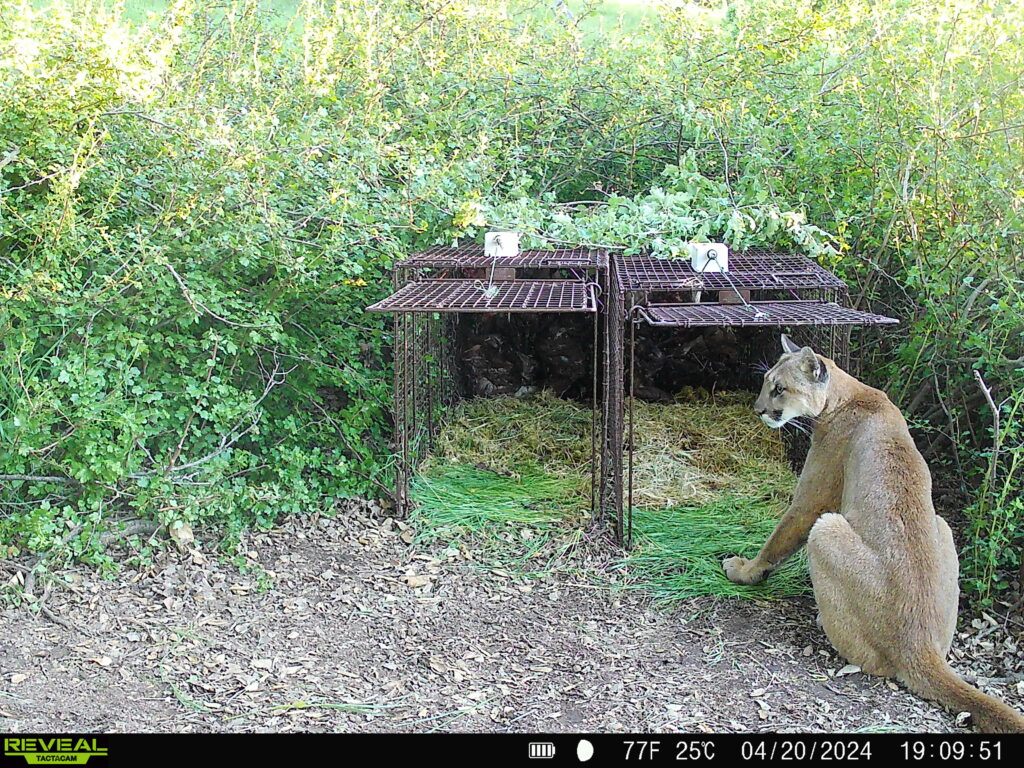
We prefer to use Tactacam Reveal X Gen 2.0 Cellular Trail Cameras to monitor baits and traps in real time. We have also tried Covert Blackhawk 20 LTE cellular cameras; however, the Tactacams seem to have a stronger cellular receiver, are more user-friendly, and are much cheaper.
A trail camera we have been trying out lately on our mountain lion baits is the CamPark 4G LTE Wireless 2K Solar Powered Hunting Game Camera. Some of the benefits of this camera are that we can tune into it whenever we want, move the camera remotely to change the view angle, and talk through the camera, which has been quite effective in our efforts to scare nontarget animals off of our baits.
Best Frame Packs and Game Carts
While most hunters utilize a frame pack or game cart once or twice yearly, we routinely transport mountain lion bait (whole deer – not field-dressed) into remote areas and feral hogs out of trap locations for processing or disposal.
My favorite frame pack is the Rustic Ridge Switchback Frame Pack, which I purchased from Sportsman’s Wearhouse. My favorite game cart is the Kill Shot (750lb capacity Extra Large) Game Cart, which I bought from Discount Ramps. If you decide to purchase this game cart, I recommend buying some additional wire lock pins, as these tend to go missing periodically.
Best Backpacks, Snake Gators, and Hiking Poles
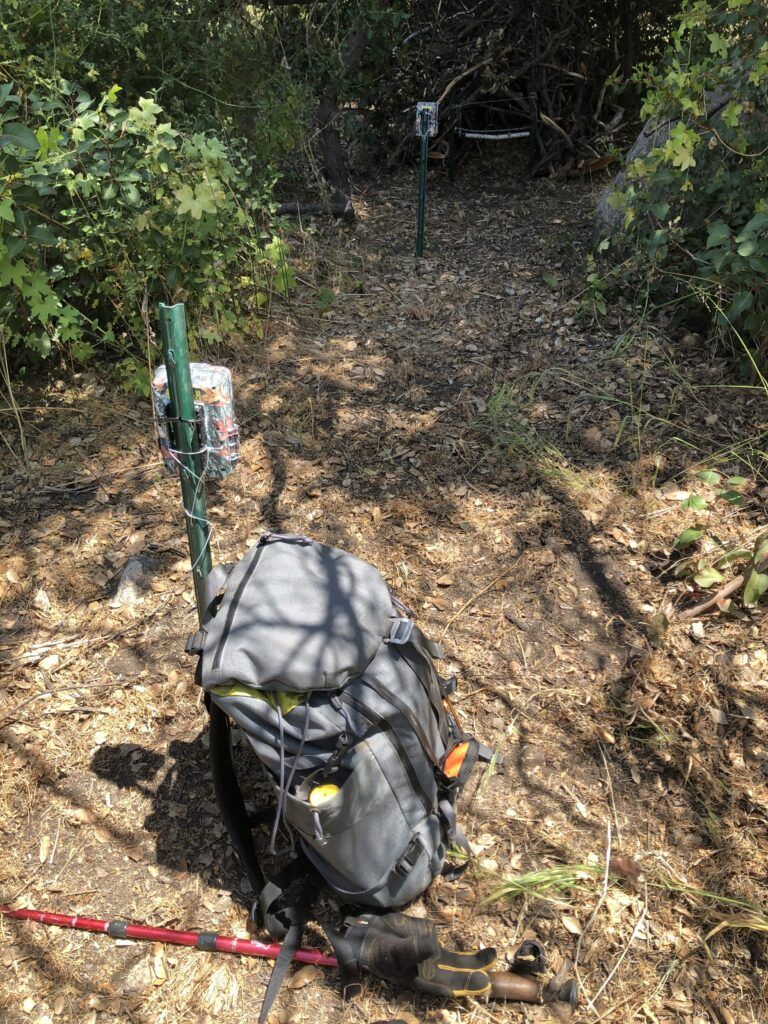
Best Field Backpack
I currently own two Topo Designs Mountain Pack backpacks, and I couldn’t be happier with how they have held up through multiple years of daily use. I was introduced to these field backpacks while assisting a colleague in servicing trail cameras in the beautiful San Vicente Redwoods in Santa Cruz, California.
Admittedly, Topo Designs backpacks are expensive and overly colorful for my taste, and the designs often change. For example, the two mountain backpacks I own are slightly different from each other and different from the mountain backpack currently available on the Topo Designs website. I purchased both backpacks on eBay and found lower-cost and less colorful options.
Best Snake Gaiters
I have been extremely pleased with my Scent Blocker snake gaiters and have provided a thorough review here. Ultimately, they meet all the criteria I am looking for, including 360-degree wrap-around, flexible foot strap that keeps them in place, no folds or Velcro to collect grass awns and seeds, heavy-duty buckles, and reinforced stitching. I wear these most consistently in the spring, and they have held up well since I purchased them over a year ago.
Best Hiking Poles
Hiking poles are a godsend when navigating rugged or steep terrain or crossing stream channels. They are also a great tool to help prevent snake bites. On several occasions, my hiking pole, placed down slightly ahead of me, roused a snake, making it visible, and prevented me from stepping on it. I have several sets of hiking poles, but my Black Diamond pair with their SmashLock collapsible technology is my favorite. Avoid all Z-folding trekking poles.
My Favorite Binoculars, Spotting Scope & Wildlife Camera
I currently own a pair of Zeiss Terra ED 10×42 binoculars, which I’ve been pretty happy with. I paid around $500, which is somewhat the middle ground for a good pair of binoculars. Although I do take good care of them, at this price point, I feel comfortable taking them everywhere I go.
Although I would eventually like a pair of Swarovski binoculars, they are slightly out of my price range at the moment. Although purchasing a high-end pair of binoculars and a kick-around pair may be beneficial, I am content with having a good pair of binoculars and a great spotting scope.
The Only Brand of Spotting Scope Worth Buying
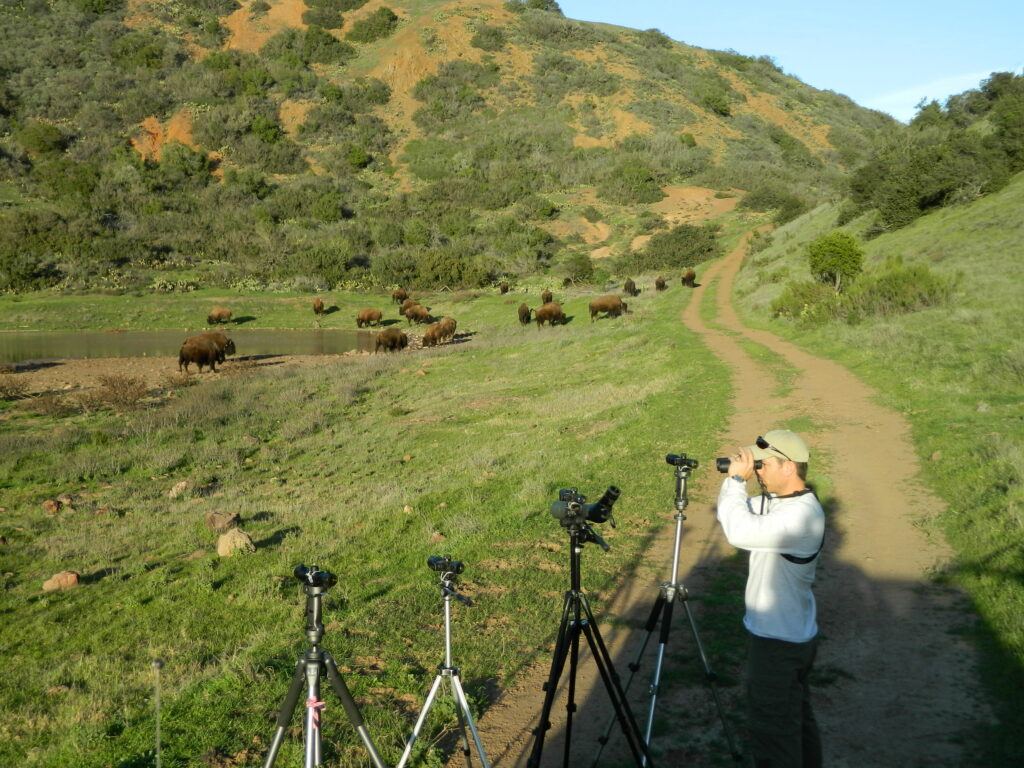
I have worked on a few projects where a spotting scope was necessary, and in my opinion, Swarovski is the only brand worth buying. I prefer the Swarovski 20×60 80HD scope with an angled eyepiece. It is not too bulky and much more comfortable to look through than a standard straight scope, especially when viewing upward.
This is a pretty universal setup that works well for various things, including birding and hunting. I’ve never felt like I needed something larger or more powerful, and its size makes it easy to pack. To round out this package, I recommend budgeting for a spotting scope cover or carrying case and a Manfrotto tripod.
My wife recently purchased this exact scope on eBay for her company and got a gently used one for a great price.
The Wildlife Camera I Recently Purchased
Wildlife photography is a skill that goes hand in hand with field biology; many of my colleagues have mastered the art. Regretfully, I have not yet committed to learning photography and have relied heavily on basic point-and-shoot cameras and my phone to document wildlife and my work in the field.
After considerable research, I recently purchased a Panasonic LUMIX DC-G9LEB-K G9 Mirrorless Camera with a Leica 12-60 mm Lens. It is an older model and certainly not top-of-the-line, but it does have a great reputation as a capable and rugged wildlife camera.
The Day-To-Day Wildlife Camera Used by the Professionals
Ask a professional wildlife photographer what their favorite camera is, and the response will almost always be… it depends. Most professional photographers have multiple cameras and lenses for different purposes and have likely upgraded several times throughout their careers.
Some photographers are loyal to a brand or type, mirrored vs. mirrorless, and most likely, the camera they are using is well beyond the level and price point required by a beginner or even intermediate photographer.
While riding around for the day with a professional wildlife photographer and friend, Sebastian Kennerknecht, I quizzed him about his preferred day-to-day camera, which he opted to take with us. The camera in his hands was a top-of-the-line Sony A1, and he told me why he liked it so much. Much of his explanation went over my head, but I appreciated the education.
Although his camera is out of my price range, Sebastian suggested that Sony’s intro mirrorless models do much of the same thing. Had I not already purchased my Panasonic LUMIX G9, I would have seriously considered revisiting Sony’s mirrorless camera lineup, but I am still happy with my choice.
Be sure to visit Sebastian’s Instagram and Facebook pages and his website at pumapix.com to view his galleries and learn more about the photography workshops and wild cat expeditions he offers.
The Best Hiking Boots and Field Pants I’ve Ever Owned
Several of my colleagues rush to take off their hiking boots when they return to the work truck or office, but I’ve always been content wearing my field boots all day. Over the years, my wife and I have owned several pairs of Lowa hiking boots (most commonly the Tibet-style model with leather lining), and we both recently purchased a pair of Renegade GTX Mid Hiking Boots.
Each time we are in the market for new field boots, we head out to REI or Bass Pro Shops to try on current brands and models, but we almost always buy Lowas. I usually prefer a mid-level boot when it comes to weight and rigidity. I don’t like packing around multiple pairs of boots, and I don’t always know how my day will play out. I prefer an all-around boot that is flexible enough for basic trail hiking but also provides support when climbing hills and navigating more rugged terrain.
Lowas are available in half sizes, and many of their models come in standard and wide fits. I’ve always needed a little more cushion in the heel, so I always replace the stock insole with a Softsole (usually the Perform or other athletic version).
I was a bit late to the game when it came to wearing hiking socks, but now, I never go without them. My favorite brands are Thorlos and Smartwool.
My wife and I also owned a pair of La Sportiva Nucleo High GTX hiking boots, which we found extremely comfortable. However, they were a bit light-duty for our needs. Many of our colleagues love their La Sportiva Makalu mountaineering boots, particularly when navigating rugged terrain, but I found them too rigid for day-to-day use.
Best Field Pants
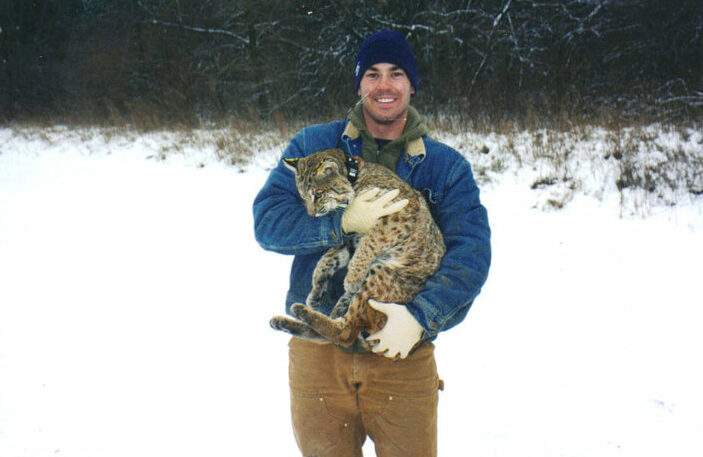
In my early days as a wildlife biologist, everybody wore Carhartts; many of my colleagues still do. They were essentially the unofficial field biologist uniform, and everybody kept a new, or clean, pair to wear to things like conferences and weddings.
Nowadays, my go-to field pants are 5.11 Tactical Apex Cargo Pants. My wife and I have several pairs. They are the perfect weight for the full range of California weather and don’t bind or bunch when hiking. I also make use of the extra pockets, which are streamlined into the pants and do not snag on branches or brush.
Be sure to check back, as this list is far from complete. I will add and adjust things as I have time. Please let me know if there is an item or category of gear that you would like to know my thoughts on.
Thank you for visiting WildlifeDetections.com. Check back often for new content or subscribe to my newsletter to receive updates on new articles, and if you have enjoyed this post, please don’t hesitate to share.

